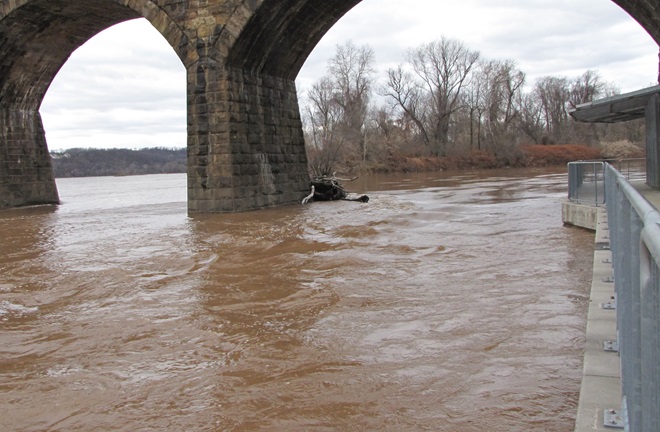
Photo of the Day


LIFE IN THE LOWER SUSQUEHANNA RIVER WATERSHED
A Natural History of Conewago Falls—The Waters of Three Mile Island

During the spare time you have on a rainy day like today, you may have asked yourself, “Just how much water do people collect with those rain barrels they have attached to their downspouts?” That’s a good question. Let’s do a little math to figure it out.
First, we need to determine the area of the roof in square feet. There’s no need to climb up there and measure angles, etc. After all, we’re not ordering shingles—we’re trying to figure out the surface area upon which rain will fall vertically and be collected. For our estimate, knowing the footprint of the building under roof will suffice. We’ll use a very common footprint as an example—1,200 square feet.
By dividing the area of the roof by 12, we can calculate the volume of water in cubic feet that is drained by the spouting for each inch of rainfall…
Next, we multiply the volume of water in cubic feet by 7.48 to convert it to gallons per inch of rainfall…
That’s a lot of water. Just one inch of rain could easily fill more than a single rain barrel on a downspout. Many homemade rain barrels are fabricated using recycled 55-gallon drums. Commercially manufactured ones are usually smaller. Therefore, we can safely say that in the case of a building with a footprint of 1,200 square feet, an array of at least 14 rain barrels is required to collect and save just one inch of rainfall. Wow!
Why send that roof water down the street, down the drain, down the creek, or into the neighbors property? Wouldn’t it be better to catch it for use around the garden? At the very least, shouldn’t we be infiltrating all the water we can into the ground to recharge the aquifer? Why contribute to flooding when you and I are gonna need that water some day? Remember, the ocean doesn’t need the excess runoff—it’s already full.
After threading its way through waves of Saharan dust plumes, Tropical Storm Isaias, or the remnants thereof, is making a run up the eastern seaboard toward the lower Susquehanna watershed.
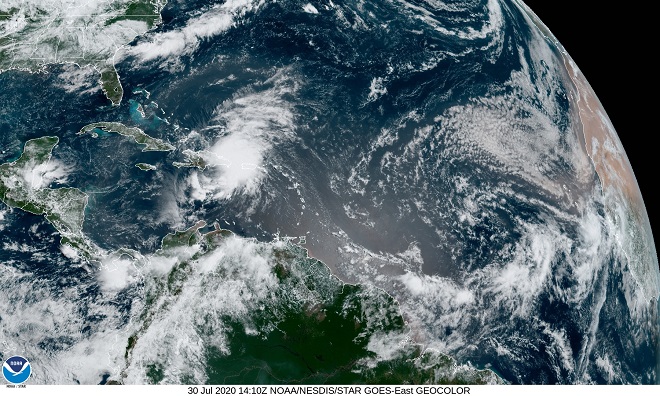
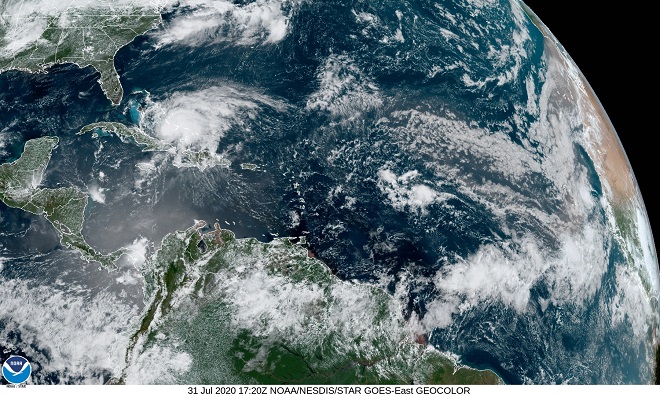
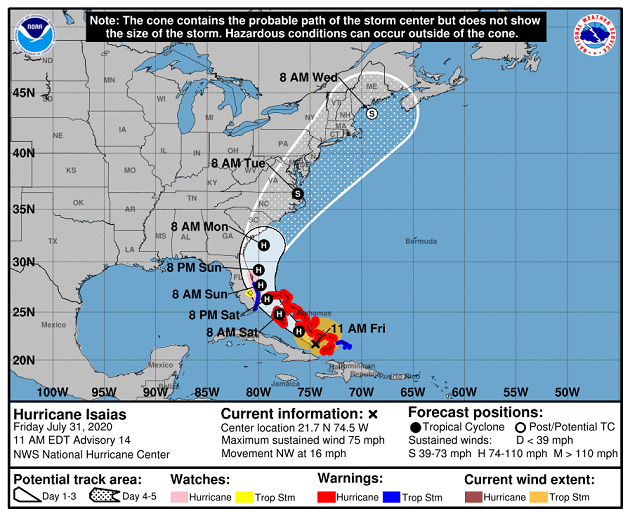
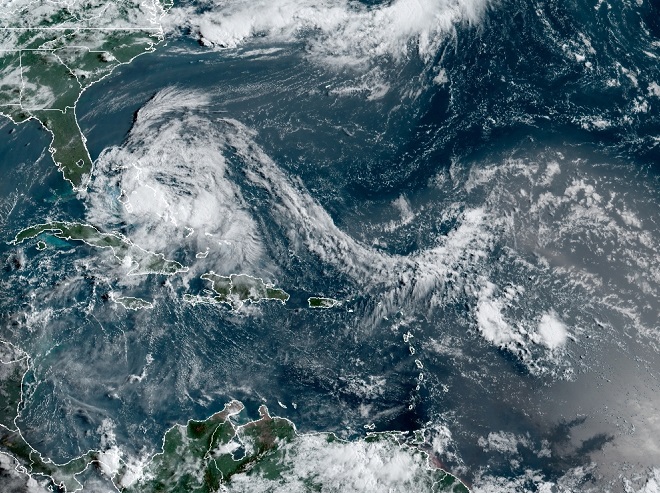
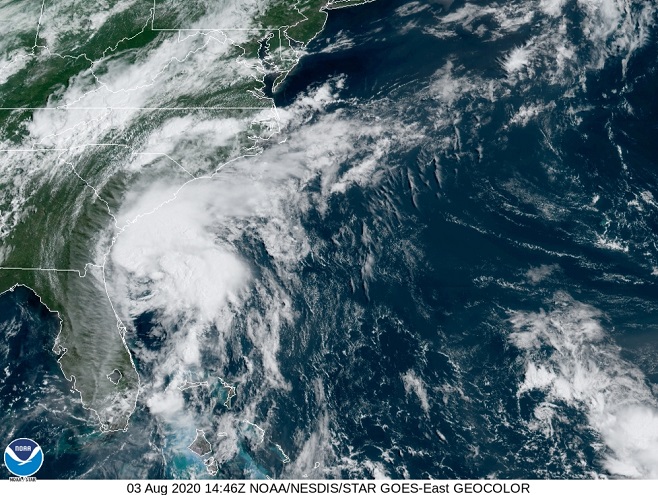

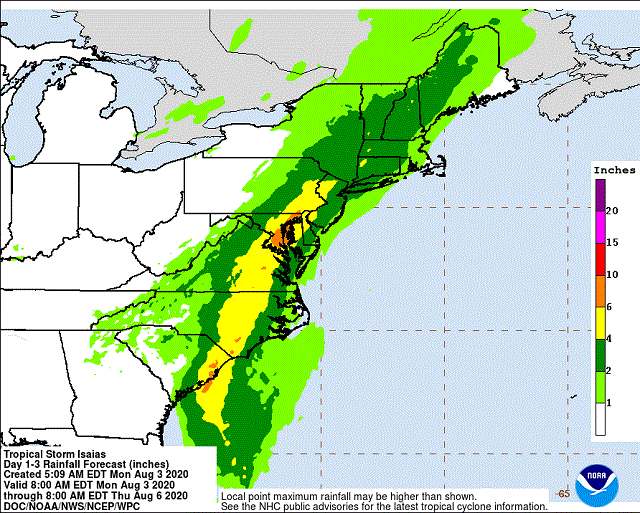
Heavy rain and flooding appears likely, particularly east of the Susquehanna. Now might be a good time to clean up the trash and garbage that could clog nearby storm drains or otherwise find its way into your local waterway. NOW is the time to get all your stuff out of the floodplain! The car, the camper, the picnic table, the lawn furniture, the kid’s toys, the soda bottles, the gas cans, the lawn chemicals, the Styrofoam, and all that other junk you’ve piled up. Get that stuff cleaned up and out of the floodway. And of course, get you and your pets out of the there too!
If you were a regular visitor to this website during the autumn of 2017, you will recall the proliferation of posts detailing the bird migration at Conewago Falls during the season. The lookout site among the Pothole Rocks remained high and dry for most of the count’s duration.
In the fall of 2018, those lookout rocks were never to be seen. There was to be no safe perch for a would-be observer. There was no attempt to conduct a tally of passing migrants. If you live in the lower Susquehanna River drainage basin, you know why—rain—record setting rain.




